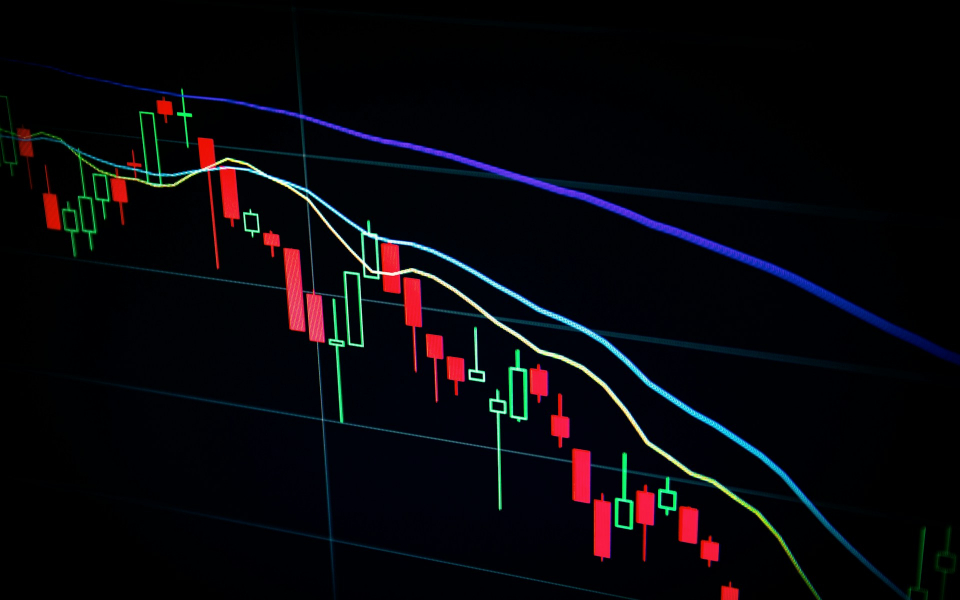The Bureau of Labor Statistics (BLS) reported that the U.S. economy added 943,000 jobs in July with the unemployment rate falling to 5.4%. This was a welcome relief following multiple months of job gains that fell short of expectations and undermined hopes that the economy was on a quick trajectory back to pre-pandemic levels.
Currently, the U.S. economy remains about 5.7 million jobs short of its pre-pandemic levels but gains at this rate could help the economy get back to full employment by sometime in 2022. Many other economic indicators have exceeded pre-pandemic levels but hiring is lagging for obvious reasons. It's also an indication that the Delta variant is not having a negative effect yet.
The jobs report was strong across the board, and it included positive revisions for June as well. Wages rose for the fourth month in a row, adding 11 cents to $30.54. New job listings have hit a record high which also correlates to higher wages. The labor force participation rate reached 61.7%, while the employment-population ratio increased to 58.4%. Both measures are below pre-pandemic levels.
Hospitality and leisure were the biggest contributors to job gains, accounting for about 35%. Of this, 253,000 jobs were added in restaurants and bars alone last month. However, these sectors are still down nearly 1.7 million jobs from pre-pandemic levels.
Education hiring also increased, although some are cautioning that education data is bumpy so as not to draw too many conclusions from one month's data.
Stock Price Outlook
The strong jobs report is a good sign for the consumer discretionary
Certainly, the Delta variant could threaten this sequence of events, so it bears watching. Assuming that the outbreak remains confined to unvaccinated people, the economy should continue with its current trajectory.
It's also likely that jobs data like this continuing would lead to a Fed taper early next year and hikes by 2023.












